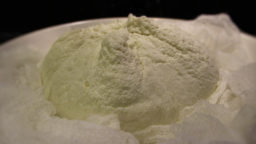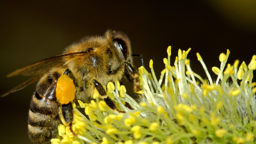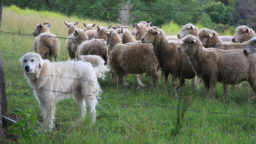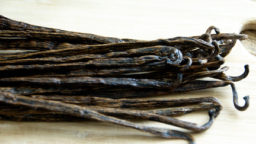A lot of people don’t like pigs because they’re stinky, dirty and loud. But most people won’t object to bacon, ribs or pork chops. And this is a pretty good reason to have pigs, and why most people raise them!
Not only are pigs delicious, however, they are also very cost-effective sources of meat, especially if you are looking to be more or totally self-sufficient. Larger meat animals like cows need a lot of space, and smaller meat animals don’t yield anywhere near as much meat.
But pigs are just perfect! Here are some reasons why they are economical choices for the homestead:
Space
As opposed to cows or even goats, pigs need much less space to live. Of course, the bigger the space, the less offensive the smell, but you can keep your pigs in a pen with a minimum of 20 square feet per fully-grown hog. Given how large pigs can get, this is a great use of small space on a homestead for a big meat yield.
Quick Growth
It takes about 12 to 18 months until you can butcher a cow. However, if you buy a weaned piglet and give it 24/7 access to food, you can butcher it and fill your freezer up in as little as four months! Buying a piglet every six months will more than exceed your yearly bacon quota.
Waste Not, Want Not
One really fantastic advantage of pigs is that you can feed them your slop! Homesteads often produce lots of scraps from the garden or food processing, so you will have to spend very little on pig food if you regularly feed them scraps from your kitchen and garden. Plus it adds variety to their diet!
Multiple Babies
Cows only have one or maybe two calfs at a time, but pigs have whole litters! To breed them you will of course need a male and a female, but you can quickly turn your two pigs into nine or ten, which means more pork than you will know what to do with.
Overall Cost
Piglets are very affordable, especially compared to weaned calfs that can cost hundreds of dollars. Your average weaned piglet can cost about $50-$100 (depending on your area). And given how much meat you can get in such a short period of time, this is a steal! Add that to the small amount of space they need, how much you can supplement their diet with scraps and how easily you can multiply your herd, this makes pigs a very economical choice for the homestead.







